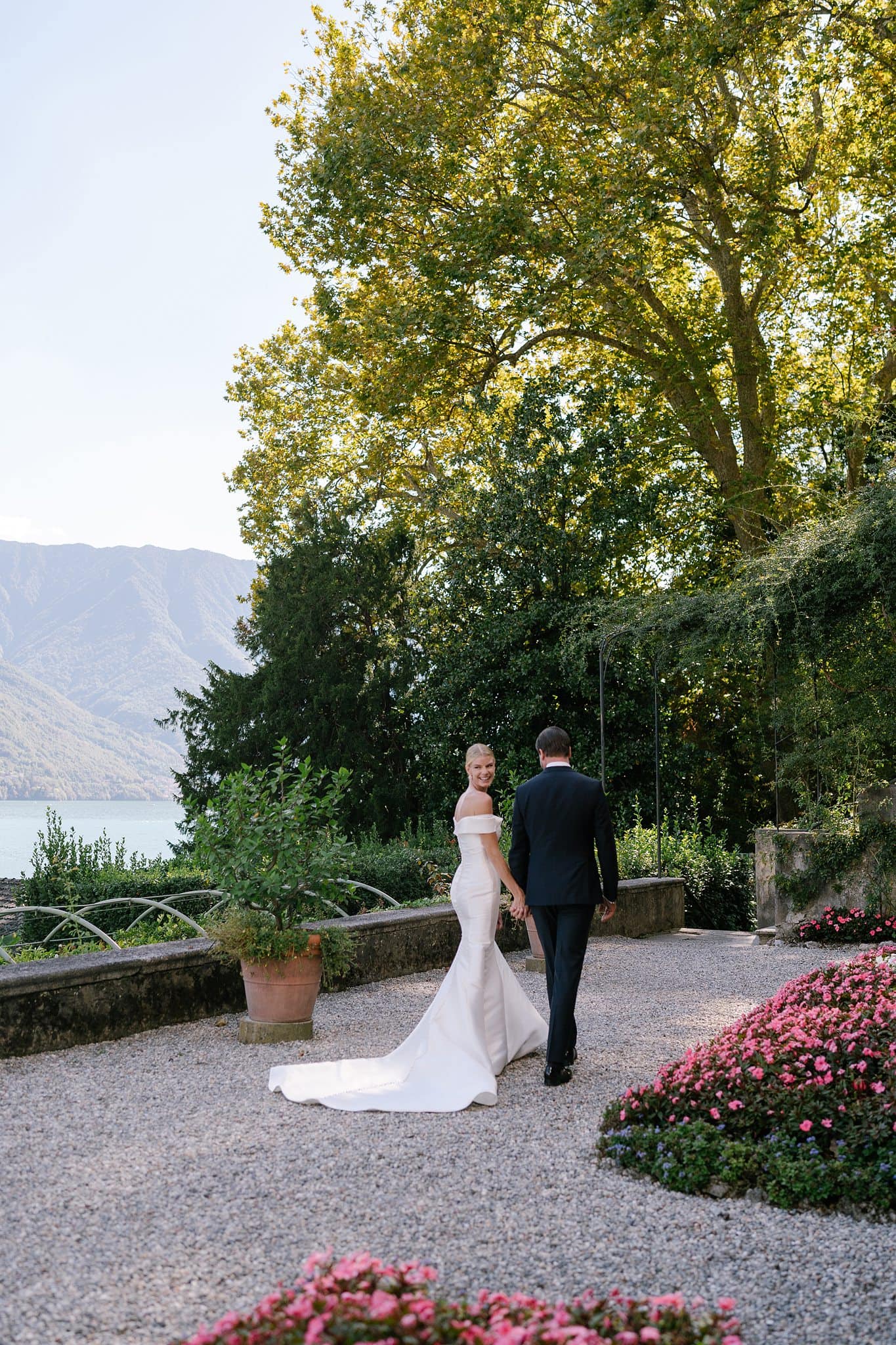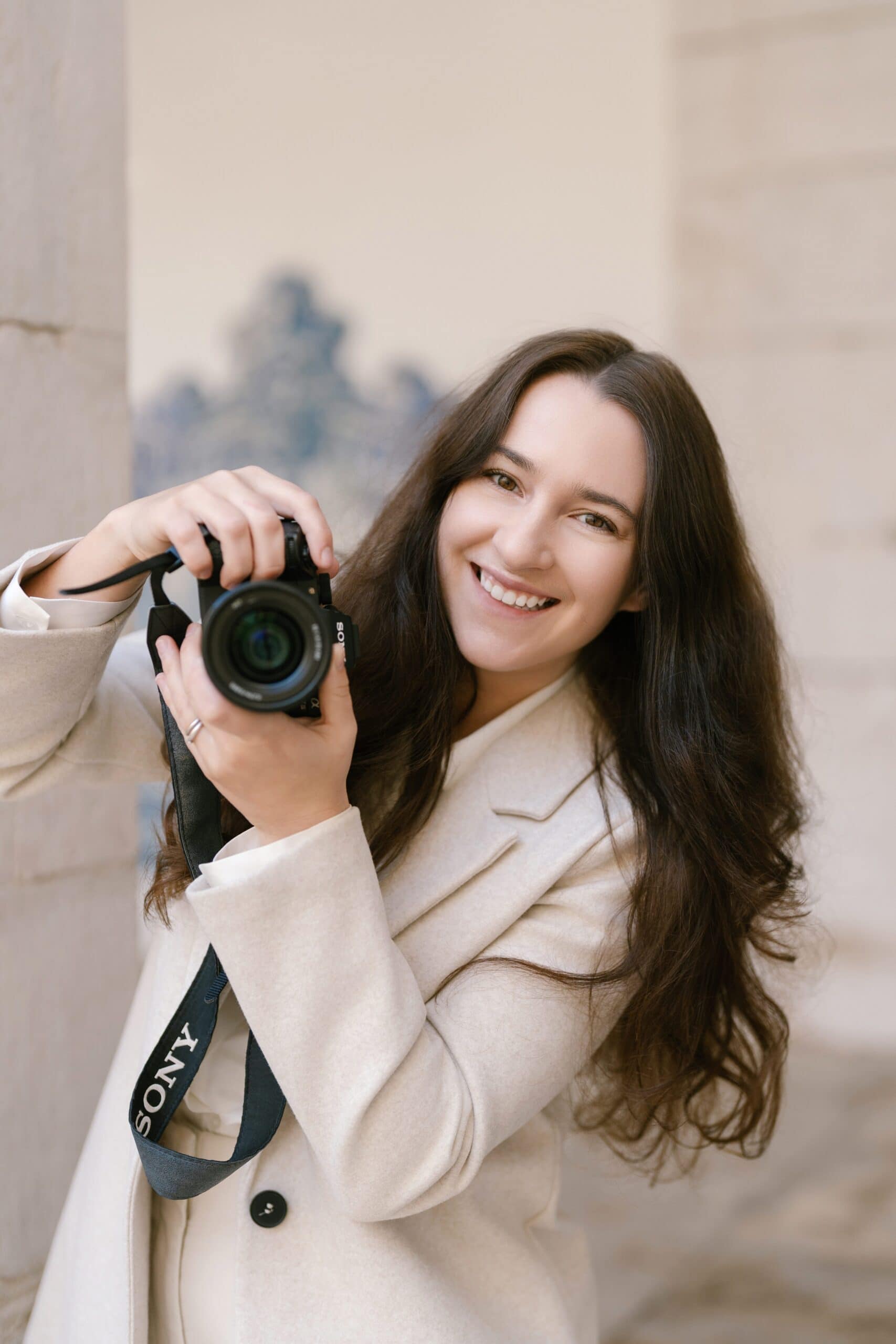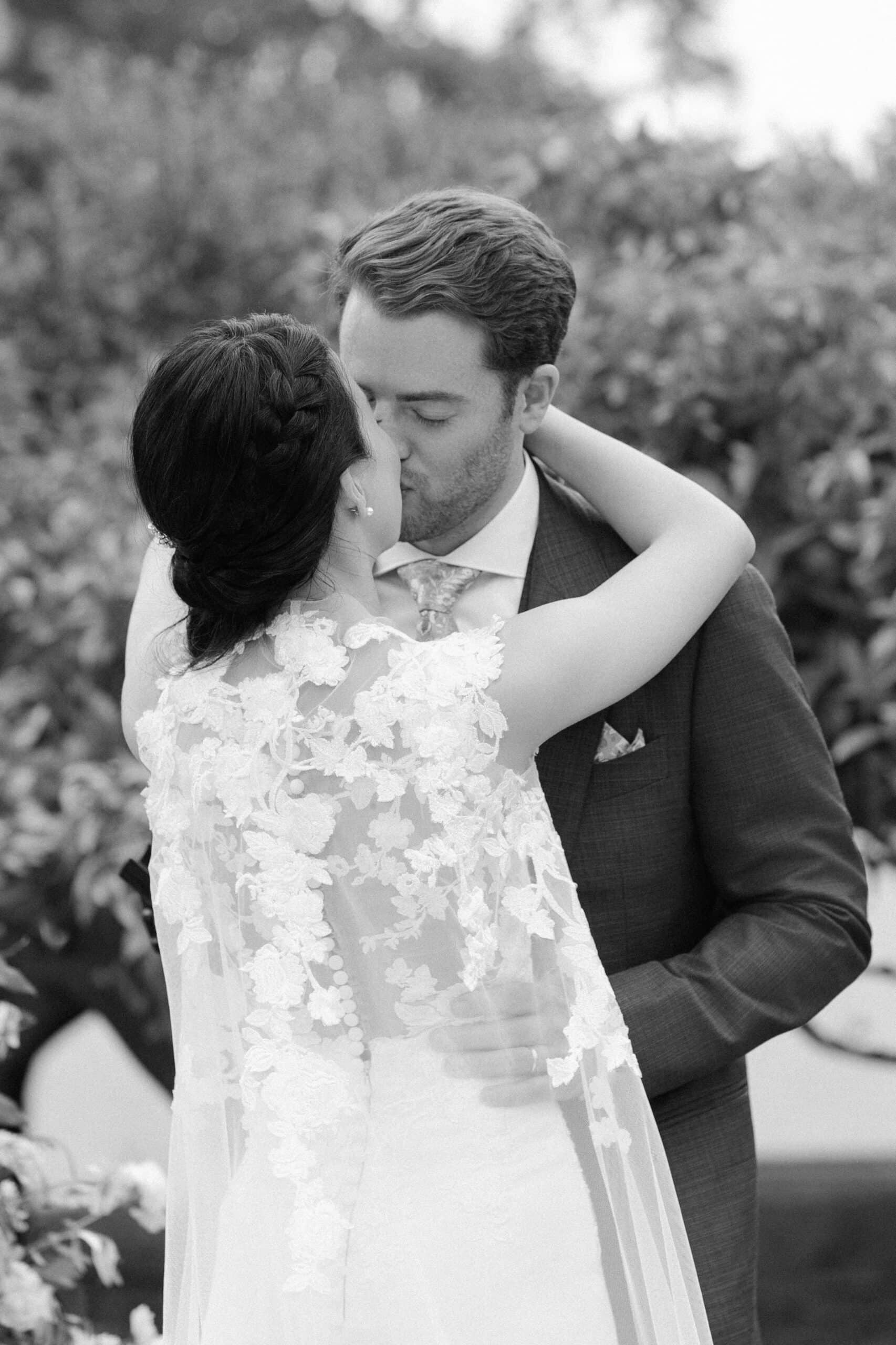As a professional photographer, I know that having a smooth photography workflow is essential for success. If you are just starting out in photography, it can be difficult to figure out the best way to edit your photos. In this blog post, I will share my top tips for creating a seamless photo editing workflow. Following these tips will help you streamline your editing process and make the most of your time in editing programs.
I’m going to share my own photography workflow with you so that you can learn from my experience and create a workflow that works best for you.
This page contains affiliate links, meaning I receive commissions for purchases made through those links, at no cost to you.

So this is what my editing workflow after every photoshoot looks like:
- Backing up photos to an external hard drive and cloud storage immediately after a session
- Culling the images in Photo Mechanic, narrowing down to the best ones
- Making basic color corrections in Lightroom
- Perfecting and finishing photos in Photoshop – retouch and advanced photo editing
- Sending pictures to a client via an online gallery
Now let’s get into the details of each step:
1. Backing up photos
First and foremost, you need a reliable system for backing up your photos. I cannot stress enough how important it is to have multiple backups of your photos. I always back up my photos to an external hard drive and cloud storage immediately after a session. This way, if one of my drives fails, I still have a backup copy.
2. Culling photos
Next, I open my raw images in Photo Mechanic and start the culling process. This is where I go through all the photos and narrow them down to the best ones. I make sure to keep a variety of pictures so that I have options when it comes to editing later on. I know many photographers like to use Adobe Bridge, but for me, Photo Mechanic is the best tool for culling photos despite the cost. It’s so fast and efficient, and it allows me to identify the best photos from a session quickly. Usually, I do two or three circles of culling until I’m left with my final selection (80-100 images for an average one-hour photoshoot).
3. Editing photos in Lightroom
After I have narrowed down my photo selection, I move on to Adobe Lightroom and make basic color corrections. This is where I adjust the white balance, exposure, contrast, etc., of my photos. I try to keep the edits to a minimum because I wouldn’t say I like when an image is over-edited. I firmly believe that a professional photographer should try to take a great shot rather than rely on editing software to fix everything. So in Lightroom, I start with the Tone Curve and HSL/Color Panel, then move on to the other adjustments if necessary. I don’t use Lightroom presets, even though I know many other photographers do. I prefer to make my own adjustments, but I do edit by series – I edit one image and then apply those same edits to the rest of the photos from that series, slightly adjusting each one. This saves me a lot of time in post-processing.
About Lightroom Catalog – I make a new one every year. I used to make a new one every photo shoot, but now I find it’s more efficient if I have everything in one place. So for each year, I create a new catalog and import all of my photos into it.
4. Retouching photos in Photoshop
After I’m done with Lightroom, I move on to Photoshop for retouching and advanced editing. This is where I perfect and add final touches to my photos. I retouch skin and remove blemishes, and wrinkles, clear all distractions making sure the picture looks perfect. And when I say “perfect,” I don’t mean over-edited or fake – I just mean that all the small details are taken care of, and the photo is ready to be sent to a client.
I used to make all those adjustments on my own, and even though they weren’t intensive, it took a lot of time to edit images on my own. So I found two ways to save time – I either hire a professional for retouching or use a retouch plugin for Photoshop. I went for a second option, and after extensive research, I picked Retouch4me – an AI retouching plugin. And it is a lifesaver! My workflow has become so much faster and more seamless. I have a few of their plugins – Dodge&Burn, Heal, Skin Tones, and Portrait Volumes. But you don’t have to use all of them; Heal, and Dodge&Burn is more than enough. I created a Photoshop action that uses all of these plugins automatically for each of my images. After it’s done with all the images, I check every one of them and apply small adjustments or leave them as they are.
3. Sending photos to a client
The last step in my photography workflow is sending pictures to a client. This is usually done via an online gallery. There’re many options for this – PASS, SmugMug, ShootProof. I use Pixieset because I find it to be the most user-friendly, and my clients like the design. I create a password-protected gallery for each client and send them the link. They can then download their photos from the gallery or order prints if they want.
So, that’s it! That’s my photography workflow from start to finish.
Now let's see how much it costs me
Culling Program: Photo Mechanic – $229, one-time payment
Adobe Creative Cloud Photography Plan (Lightroom CC + Photoshop CC) – $9.99/month
Retouching plugins for Photoshop:
- Retouch4me Heal – $124, one-time payment
- Retouch4me Dodge&Burn – $149, one-time payment
- Retouch4me Skin Tone – $124, one-time payment
- Retouch4me Portrait Volumes – $124, one-time payment
Online gallery software: Pixieset – $12/month
So there you have it! I hope this was helpful and that you found some useful tips for your photography workflow and your photography business. If you have any questions, feel free to leave a comment or send me an email. I’m always happy to help fellow photographers!









